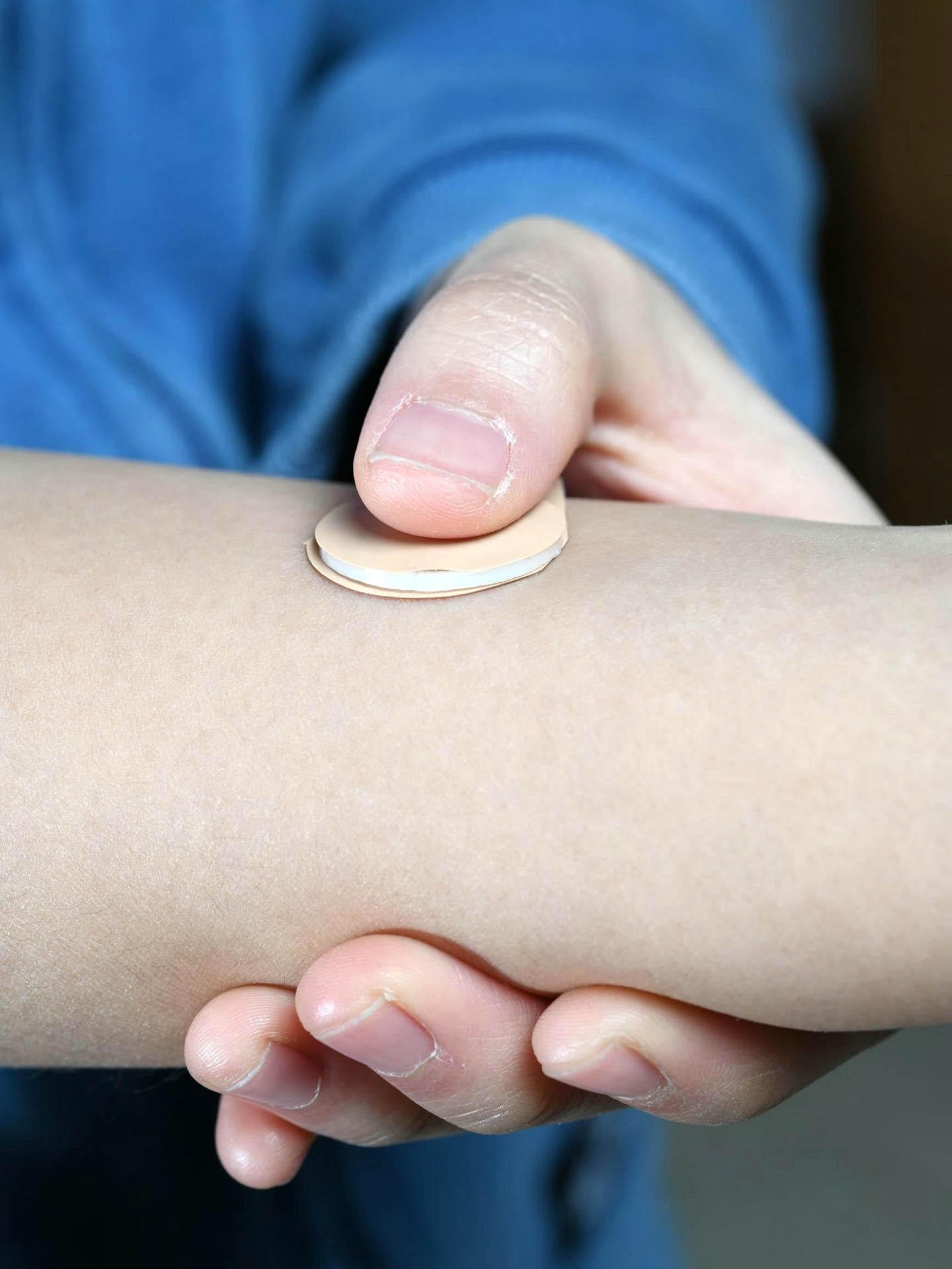Contraceptive patch worn for seconds could prevent pregnancy for six months
It would be the first long-acting contraceptive to not be administered by a health professional

Your support helps us to tell the story
From reproductive rights to climate change to Big Tech, The Independent is on the ground when the story is developing. Whether it's investigating the financials of Elon Musk's pro-Trump PAC or producing our latest documentary, 'The A Word', which shines a light on the American women fighting for reproductive rights, we know how important it is to parse out the facts from the messaging.
At such a critical moment in US history, we need reporters on the ground. Your donation allows us to keep sending journalists to speak to both sides of the story.
The Independent is trusted by Americans across the entire political spectrum. And unlike many other quality news outlets, we choose not to lock Americans out of our reporting and analysis with paywalls. We believe quality journalism should be available to everyone, paid for by those who can afford it.
Your support makes all the difference.A contraceptive patch that only needs to be applied to the skin for a matter of seconds could soon be available to women.
Scientists have been experimenting with the patch which releases levonorgestrel - a synthetic form of progesterone that’s already used in the morning after pill - into the skin via microscopic, biodegradable needles.
Like other long-acting contraceptive techniques, the microneedle contraceptive patch will disrupt the menstrual cycles of women using it.
Speaking to The Independent, lead author Dr Mark Prausnitz, of Georgia Tech in Atlanta said: “Levonorgestrel has been widely used as a contraceptive hormone for years in contraceptive implants and IUDs and it has an excellent safety record.
"A common side effect is irregular menstrual bleeding.”
The needles are said to be pain-free and made of the same material as dissolvable stitches used in surgery.
“The concentration levels of the drug are higher than that known to cause contraception in humans," Prausnitz said.
“Our goal is for women to be able to self-administer long-acting contraceptives with the microneedle patch that would be applied to the skin for five seconds just once a month.”
Originally designed for use in areas of the world with limited access to health care, scientists hope the microneedle contraceptive will provide a new family planning alternative to a broader population, potentially proving more popular than the pill or coil.
Once clinical tests have been completed on minimising skin irritations and on a larger patch that has been developed for human use, it is hoped the patch could provide contraception for up to six months.

If approved, the patch would be the first long-acting contraceptive to not involve an injection given by a doctor or health professional.
However, because the patch has only been tested on mice so far, scientists said more clinical trials are needed to determine the effect of the contraceptive microneedle on humans.
“We do not yet know how the contraceptive microneedle patches would work in humans,” Prausnitz said.
“Because we are using a well-established contraceptive hormone, we are optimistic that the patch will be an effective contraceptive.”
The research was reported 14 January in the journal Nature Biomedical Engineering.
Join our commenting forum
Join thought-provoking conversations, follow other Independent readers and see their replies
33Comments